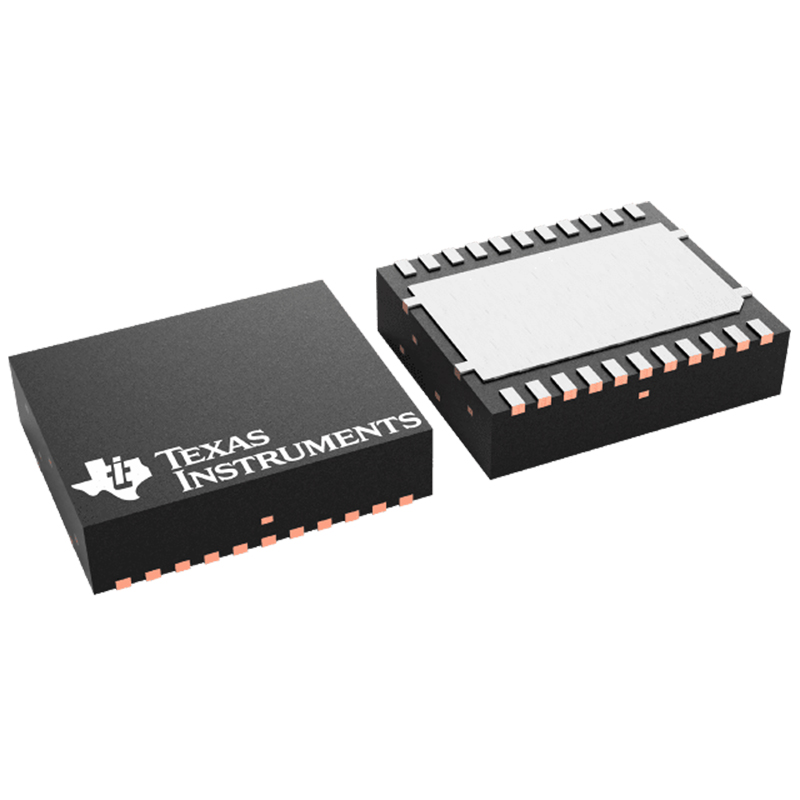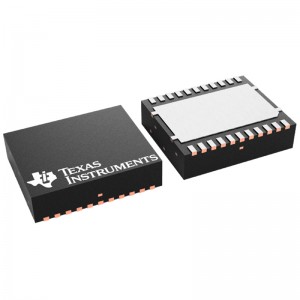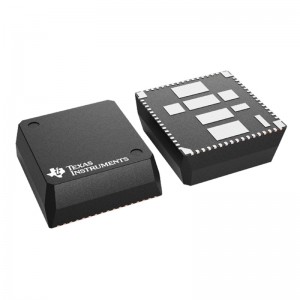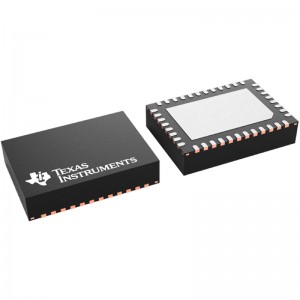
Products
TPS53319DQPR 1.5-V to 22-V, 14-A synchronous buck converter with eco-mode
Features for the TPS53319
Conversion input voltage range: 1.5 V to 22 V
VDD input voltage range: 4.5 V to 25 V
91% efficiency from 12 V to 1.5 V at 14 A
Output voltage range: 0.6 V to 5.5 V
5-V LDO output
Supports single-rail input
Integrated power MOSFETs with 8 A (TPS53318) or 14 A (TPS53319) of continuous output current
Auto-skip Eco-mode™ for light-load efficiency
< 110 µA shut down current
D-CAP™ mode with fast transient response
Selectable switching frequency from 250 kHz to 1 MHz with external resistor
Selectable auto-skip or PWM-only operation
Built-in 1% 0.6-V reference
0.7-ms, 1.4-ms, 2.8-ms and 5.6-ms selectable internal voltage servo soft-start
Integrated boost switch
Pre-charged start-up capability
Adjustable overcurrent limit with thermal compensation
Overvoltage, undervoltage, UVLO and over-temperature protection
Supports all ceramic output capacitors
Open-drain power good indication
Incorporates NexFET™ power block technology
22-pin QFN (DQP) package with PowerPAD™
Description for the TPS53319
The TPS53318 and TPS53319 devices are D-CAP mode, 8-A or 14-A synchronous switchers with integrated MOSFETs. They are designed for ease of use, low external component count, and space-conscious power systems.
These devices feature accurate 1%, 0.6-V reference, and integrated boost switch. A sample of competitive features include: 1.5-V to 22-V wide conversion input voltage range, very low external component count, D-CAP™ mode control for super fast transient, auto-skip mode operation, internal soft-start control, selectable frequency, and no need for compensation.
The conversion input voltage ranges from 1.5 V to 22 V, the supply voltage range is from 4.5 V to 25 V, and the output voltage range is from 0.6 V to 5.5 V.
These devices are available in 5 mm x 6 mm, 22-pin QFN package and is specified from –40°C to 85°C.
1. Who are the staff in your R & D department? What are your qualifications?
-R & D Director: formulate the company’s long-term R & D plan and grasp the direction of research and development; Guide and supervise r&d department to implement company r&d strategy and annual R&D plan; Control the progress of product development and adjust the plan; Set up excellent product research and development team, audit and training related technical personnel.
R & D Manager: make new product R & D plan and demonstrate the feasibility of the plan; Supervise and manage the progress and quality of r&d work; Research new product development and propose effective solutions according to customer requirements in different fields
R&d staff: collect and sort out key data; Computer programming; Conducting experiments, tests and analyses; Prepare materials and equipment for experiments, tests and analyses; Record measurement data, make calculations and prepare charts; Conduct statistical surveys
2. What is your product research and development idea?
- Product conception and selection product concept and evaluation product definition and project plan design and development product testing and validation launch to market








